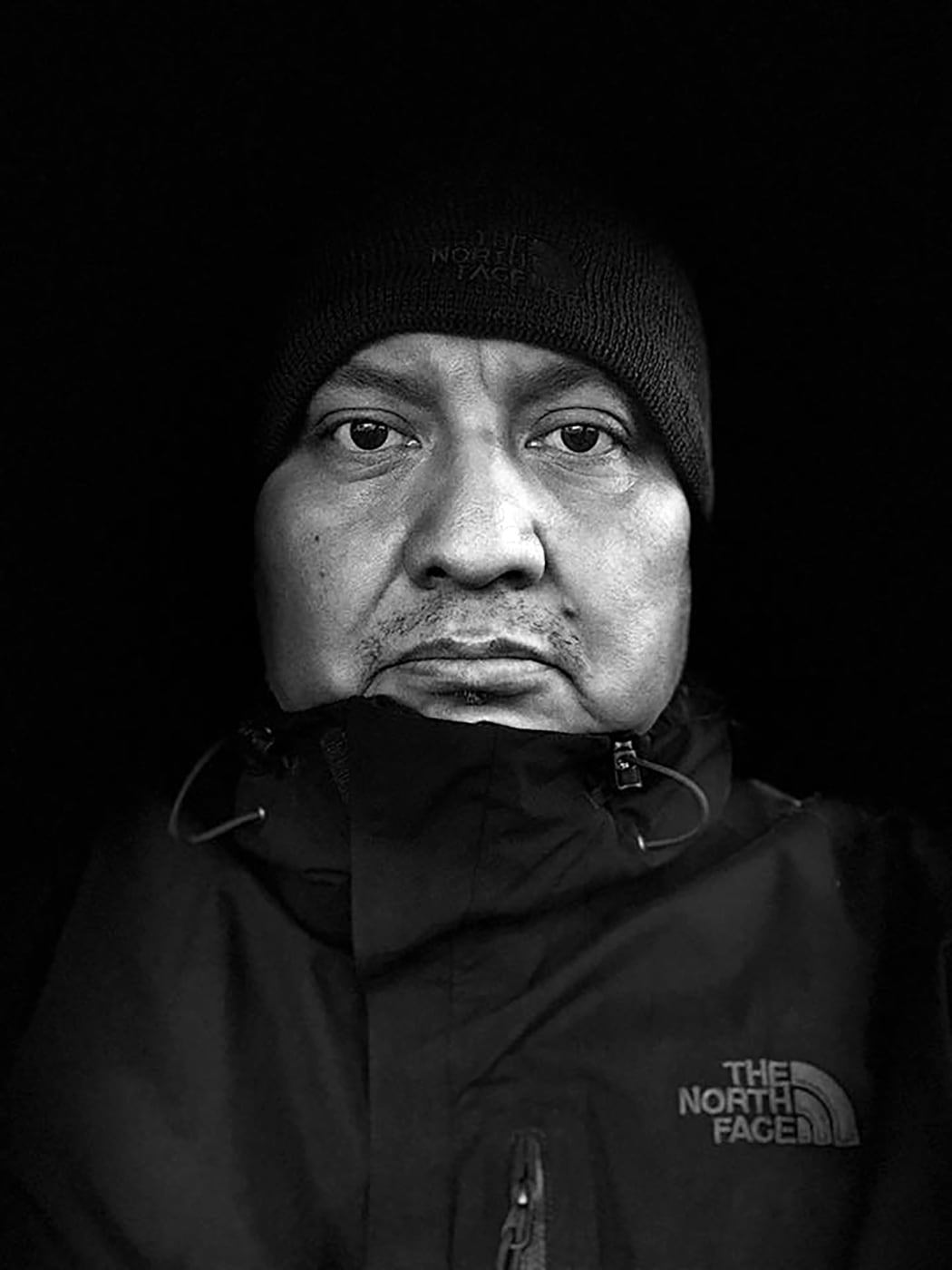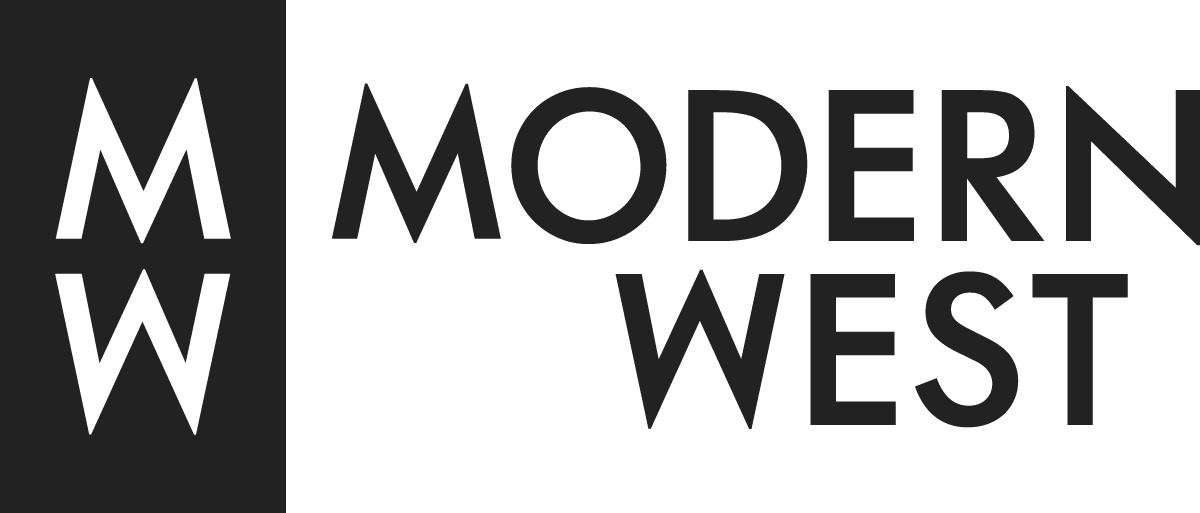
You are a multidisciplinary artist with a background rooted in photography but have recently incorporated working in land installation. What inspired this shift?
I have always drawn inspiration from my Diné traditions and contemporary experiences. My work portrays the beauty and resilience of Native American culture in these two different worlds. I unify this dual existence in my concepts. My presence in today’s worldly disconnection to the Earth inspires my compositions, while mirroring the traditional stories and philosophy of my people – to always walk in beauty.
During the early years of my childhood, my grandma would tell me about the traditional and cultural stories of our ancestors while she weaved the yarn through the strings of her loom. The loom was central in the home; it was my sanctuary. It was where I learned about my culture, my lineage, and my identity. To this day, I can visualize her carding the wool and spinning it to make the yarn for her rug. I can still hear the soft, thumping rhythm of the wooden-batten and the soft strum of her fingers running through the yarn of the weft-webbing on her homemade loom. I remember the tedious process required to create a traditional rug. The sacredness of harvesting and grinding the natural herbs and plants to produce the array of colored dyes. The laborious hand-shearing, carding of the wool, and the spinning of the wool from the sheep to make the yarn. The repetition of washing, rinsing, and dying the wool was arduous. The ritualistic and meditative spinning of the natural wool over and over to refine the yarns. The meticulous textiles and intricate recipes and methods passed down from generation to generation, to produce not only a rug, but to preserve our existence, our identity, and way of life.

I use these same traditional methods to process my contemporary art. The reverence and sacred connection with my ancestors and the land is the foundation of my art. The natural materials, the sand, the aromas, and presence of natural healing herbs, the wholeness of Mother Earth identifies and inspires my work. The traditional stories, I have in my heart, have helped me to see the unseen and to capture it within my compositions – to become a cultural storyteller for today.
For me, the art is in the process and creation of my work – it’s healing – this sacred connection with nature. I hope my art creates this same peaceful and harmonious connection with the earth because it is necessary to sustain our identity and life.
Speaking through multiple lenses and visuals, my ideas determine the creative process, which includes photography, video, printmaking, installation, and mixed-media sculpture. My contemporary artistic continuum celebrates the identity and culture of Native American people. The persona of my work offers unity, hope, and healing.

Your work is a blend of your Diné tradition and contemporary ideas. Can you explain how these ideas are manifested in Art Heals: The Jingle Dress Project?
The project images are spiritual and healing. The project itself is healing. It started from a dream, dreams are sacred and spiritual to many Native Americans. They are our ancestors speaking to us, to give us insight to what we need and what we should do to better ourselves, our communities, or our world.
It was important to capture the unity of the land and the girls in their jingle dresses. When we were on location, I told the girls to feel the land, feel the spirits of the ancestors that once lived there, and channel this spirit through themselves. When the girls danced the jingle dress dance on location they could feel those ancestors of the land dancing with them.
While the world was quarantined during the COVID-19 pandemic, we were alone at some of these locations which were national or state parks, which were typically crowded with people. It was eerie and surreal because it was abnormally quiet, but it made it even more spiritual and special for our purpose of healing the land and people during the pandemic.

This project was challenging. We didn’t have days or weeks while we traveled to our locations, nor did I have the luxury to do numerous scouting trips prior to our photo sessions. In fact, some of the locations we went to – I never photographed before – so I didn’t know what to expect. Even though I have been doing landscape photography for ten years, it still was difficult. I had to rely on nature’s light, shadows, weather, contours of the land, and wildlife. I prayed often to be in sync with nature and to invite positive energy. The miracle of the project is when we had stormy weather – we had sunshine and beautiful natural light for the photo shoot – then it would be stormy again when we finished.
The images are so powerful and spiritual, when I look at them, I still can’t believe I photographed them. I believe this project is bigger than myself, and I hope when people look at them they feel the same way. That we are all blessed to be in the presence of such beauty.
You are currently pursuing your MFA at Brigham Young University. How has reentering the academic scene impacted your practice? What are your plans for your work after you are finished?
My process of creating art involves the land, the sacredness of my traditions – where there can be no separation – of mind, body, spirit, and action; they are one. The natural materials and elements of the earth are the foundation of my art. There is a peacefulness, a balance of opposites, and subtleness in my art.

This spiritual connection I have with the land and the earth’s elements is what I want to reveal. The contrast of these two opposing realms of living within the traditional Diné lifestyle and today’s society will acknowledge and examine the hardships Native Americans have continued to endure in order to preserve their cultural identity and respect for the land.
As I create my art I incorporate my own experiences, the experiences of my people, and the hope people will view my art as sacred or healing. I hope to emphasize the importance of change and learning of different experiences people are living. My goal is to not force compliance, but to persuade by creating moving experiences that prompt people to question the world as it is, and imagine a world as it could be if we unite to make a more diverse perspective.

